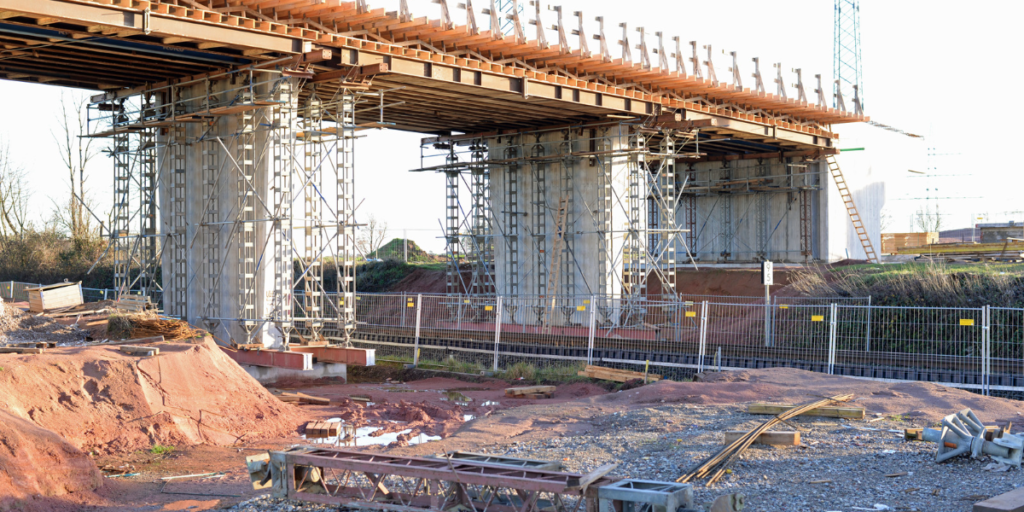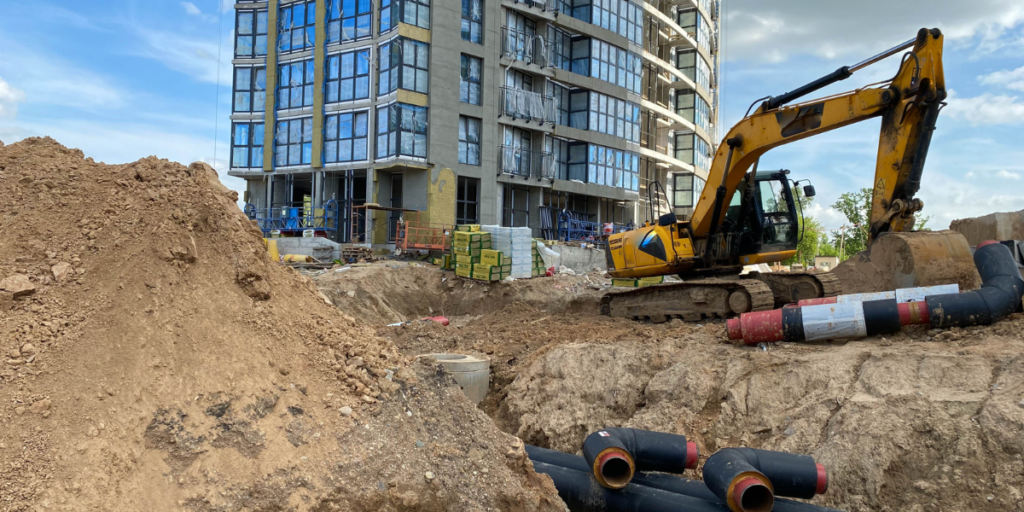Yes, the many faces of cost estimating in construction…
Construction cost estimating can take many forms and shapes. I am writing this article for those unfamiliar with the conceptual cost estimating field. It is a field that is worthwhile exploring. It gives a cost estimator more exposure to the field, adds more career development and increases the chances of finding employment through slow economic times (more options). If you are a seasoned cost estimator, versed in all aspects of cost estimating, you might not find anything new in this post. I will still encourage you to read it if you have the time and desire to do so. Your comments would be very valuable to all of us.
Most cost estimators I know are in the field of detail cost estimating, in other words, they do cost estimating on firm costs. They work for either general contractors or trade/specialty contractors. Their top-of-the-list challenge on each project is to produce a cost estimate that is feasible and competitive at the same time. For this, they need to know all the intimate details of the project: scope, constructability, timeline, labour productivity, crew sizes, equipment productivity, temporary requirements, general conditions, understanding of the competition, etc. In other words, a cost estimator specializing in detail cost estimating over time develops a good sense of how much “things” cost in construction. Where is all this going, you might wonder?
Let me explain. Until a few years back, my career background as a cost estimator was entirely based on work done on projects issued for tender. So “detail” was the word of the day, every day. That was until I started working for my first engineering design client. I never knew what was happening on the other side of the fence. I was always on the contractor’s side of the business, where the predominant cost estimating methodology is bottom-up, first principles, and detail-based cost estimates.
Enter the conceptual cost estimating space! As a cost estimator with an extensive background in detailed cost estimating, I found this specialty of cost estimating fascinating. For those unfamiliar with conceptual cost estimating, this is the field of developing cost estimates based on various levels of design development. It can be based on as little as 1% to 5% design, going all the way up to 100%. The lower the design definition, the more conceptual cost estimating is used to develop the cost estimates. As the design definition increases, a combination of conceptual and detailed cost estimating is used, ending with pure detail cost estimating methodology for design definition 65% and higher, depending on the type of the project.
To make the move from detailed cost estimating to conceptual cost estimating, you will most likely go through a learning curve. I know I did. It was mostly around methodologies, terminology and finding appropriate resources. What you will find very interesting is that your knowledge is the most valuable resource. On the many projects I worked on, from the order of magnitude to detailed cost estimates, I could develop costs within 5% of market validation prices. What helped me achieve such a great result? My experience in contractor’s detailed cost estimating. I will give you an example.
A while back, one client I was working for asked me if I could determine the duration of a project based on a cost estimate. The project was in the pre-feasibility phase, and the client had a cost estimate developed by another party. The design definition at the basis of the cost estimate was 50% at the most. The cost estimate was developed using unit prices applied to item quantity in a work breakdown structure, for the most part, to the complex activity level. What was needed was to determine the probable duration of the project.
It was something I did not do before, but it was an interesting assignment. Having a background in detailed cost estimating helped. Understanding crew makeup, production rates, indirect costs and project markup based on an assumed project delivery method is a good start. This is how I did it (remember this was a pre-feasibility study. Therefore, the target accuracy was -30%/+40%):
- I determined the total all-inclusive labour cost as follows:
- Determined the percentage for each cost type in each specific activity. For example, reinforced concrete: percentage of permanent material, construction material, labour, and equipment. I did this based on previous project data, for the particular part of the structure, as an average. And so on, for all WBS items where a quantity was available. For items where a quantity was not available (which was a very small number), I used the estimator’s judgment and assigned percentages.
- Determined the average indirect costs and markup percentages based on similar projects and applied them to the direct labour rate.
- Calculated the total labour cost for the project by adding up the individual items
- I determined the total number of man-hours:
- Determined the average direct labour unit rate based on similar projects.
- Calculated the all-inclusive labour rate (at the total project level) by applying the indirect cost and project mark-up total percentage to the direct labour rate.
- Calculated the number of man-hours by dividing the total labour cost by the all-inclusive labour rate.
- Determined average daily man-hours based on similar projects and estimators’ expertise.
- Assumed a project work schedule, including seasonal restrictions.
- Determined the project’s duration in months based on the assumed project work schedule and average daily man-hours.
Confused? Try doing it on a cost estimate you have and see how the results measure up!
To conclude, this article was an example, out of many I could offer, where a cost estimator with extensive experience in detailed cost estimating can solve a conceptual cost estimating question.
For those unfamiliar with the conceptual cost estimating field, I would encourage you to research it. It could offer you versatility and career advancement. It can open the doors to more job opportunities and make you more employable during slow economic times.
My advice to all cost estimators? Develop a habit of extracting as much data as possible from all projects to do a cost estimate. Do you never know when you will need it? If you are looking for a great, up-to-date source of international cost data in all industries, check this one out, Compass International Inc. I am not affiliated, therefore, if you make a purchase, I have no benefit. I recommend it because I use this resource, and it was a life-saver over time.
I hope that you enjoyed this article. I would encourage anyone who has comments to do so. Questions and additions to the content are very valuable. I am writing articles to encourage discussion, leading to knowledge sharing. And these types of articles are helpful for those at the beginning of their career as cost estimators or those contemplating one. Do you agree?
Please do not forget to share!









